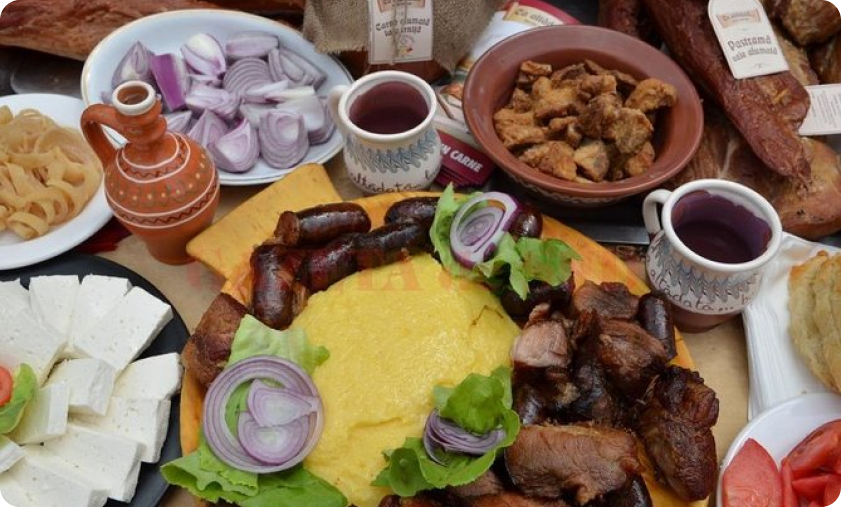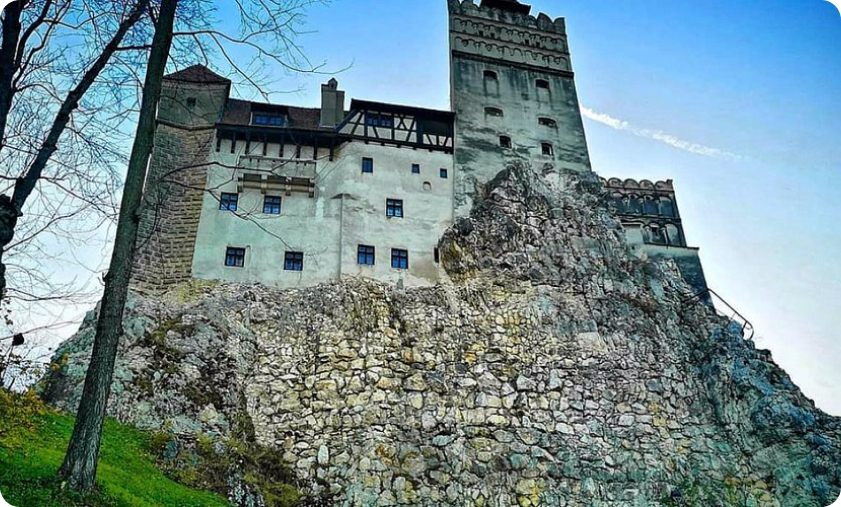A Street Food and Culture Tour
Romania is a land of rich traditions, vibrant cultures, and mouthwatering cuisine. One of the best ways to immerse yourself in the local way of life is through a street food and culture tour. From bustling markets to charming street vendors, Romania’s culinary scene reflects its diverse heritage and regional flavors. Let’s embark on a journey to discover the delicious street food and cultural treasures of Romania!
The Allure of Romanian Street Food
Street food in Romania is not just about quick bites; it’s a celebration of flavors and traditions. Here are some must-try street food delights you shouldn’t miss:
1. Mămăligă
This traditional cornmeal porridge is a staple in Romanian cuisine. Often served with cheese and sour cream, mămăligă is hearty and satisfying. Look for vendors offering it with a twist, like mămăligă served as a base for various toppings.
2. Sarmale
These delicious cabbage rolls are filled with minced meat and rice, slowly cooked in a savory tomato sauce. While often enjoyed at home, you can find street vendors offering quick bites or take-away options, perfect for a culinary adventure.
3. Cârnați (Sausages)
Romanian sausages, particularly cârnați, are a must-try. Grilled and served with mustard and fresh bread, they make for a flavorful snack. Look for local festivals where you can sample different varieties and regional specialties.
4. Covrigi
These delicious pretzel-like snacks, often topped with sesame or poppy seeds, are a popular street food. Soft and warm, covrigi are perfect for munching while exploring the city streets.
5. Papanasi
For dessert, try papanasi, a traditional Romanian doughnut-like dessert filled with sweet cheese and topped with sour cream and fruit preserves. It’s a delightful treat that perfectly rounds off your street food experience.
Cultural Experiences Along the Way
As you indulge in Romanian street food, take the time to explore the cultural sites that make this country so unique.
1. Local Markets
Start your journey in a bustling local market, like the Obor Market in Bucharest or the Council Square Market in Brașov. These vibrant hubs offer an array of fresh produce, spices, and handmade goods. Engaging with local vendors can provide insights into Romanian culinary traditions and seasonal ingredients.
2. Historical Landmarks
In between food stops, visit Romania’s historical landmarks. Explore the beautiful Palace of the Parliament in Bucharest or the medieval streets of Sighișoara, the birthplace of Vlad the Impaler. These sites offer a glimpse into Romania’s rich history and architectural beauty.
3. Cultural Events and Festivals
Time your visit to coincide with local festivals celebrating Romanian culture, such as the Sighișoara Medieval Festival or the Transylvanian International Film Festival. These events often feature local food stalls, live music, and traditional performances, allowing you to experience Romanian culture firsthand.
4. Street Performers and Artisans
Keep an eye out for street performers and local artisans showcasing their crafts. From musicians playing traditional Romanian tunes to artisans selling handmade crafts, these cultural expressions add to the vibrant atmosphere of the streets.
Practical Tips for Your Tour
- Start Early: Begin your day with a hearty breakfast to fuel your culinary exploration.
- Stay Hydrated: Carry water, especially during the summer months, as you’ll be walking and sampling various foods.
- Cash is King: While many places accept cards, some street vendors prefer cash. Keep some local currency handy.
- Ask for Recommendations: Don’t hesitate to ask locals for their favorite food spots; they often have the best tips for hidden gems.


